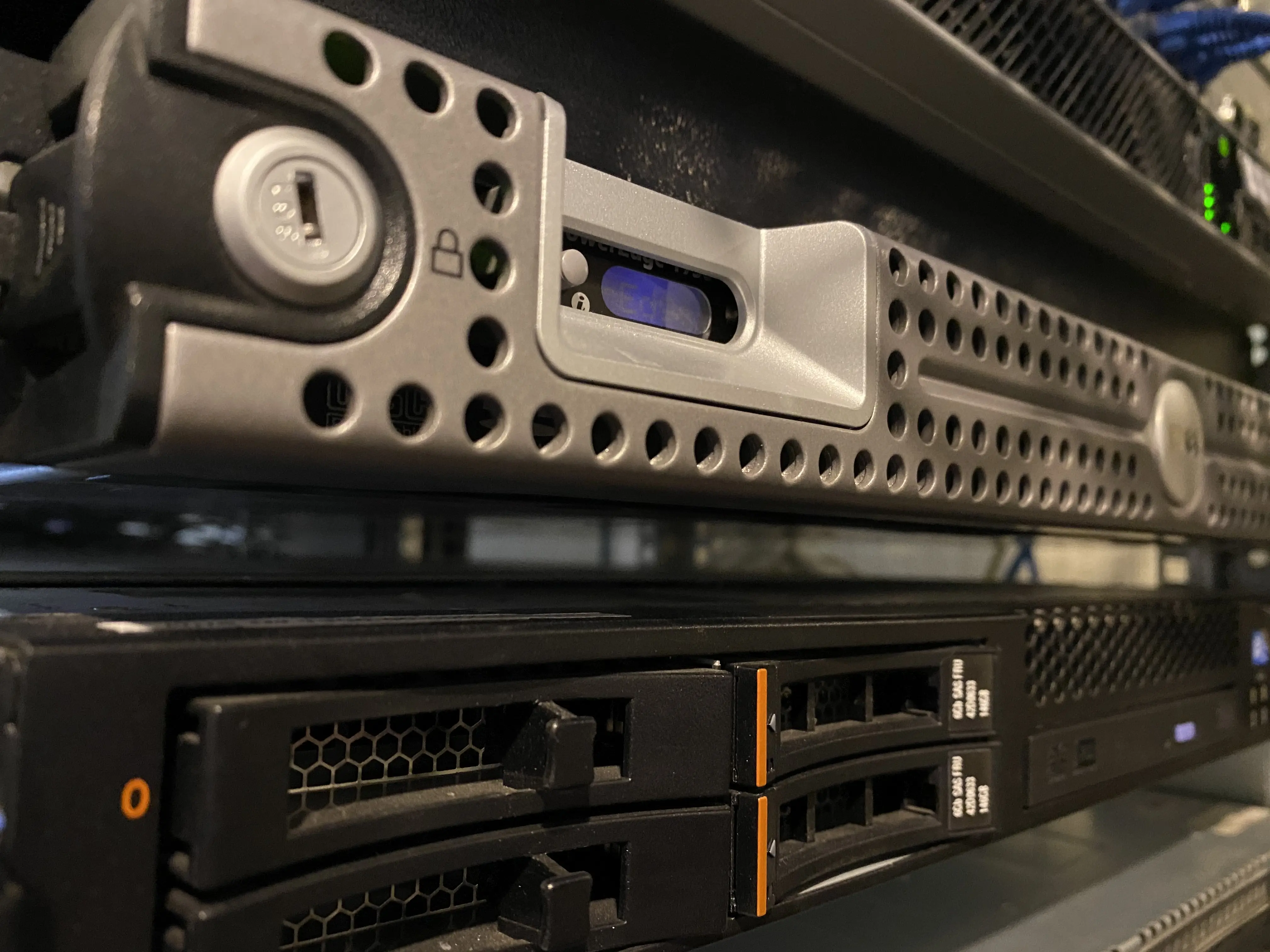
How Tekkio Runs Clusters on Mixed Hardware Reliably

The Edge Infrastructure Reality
If you’ve worked with edge infrastructure, you know how it goes: some sites are running on new gear, others are still making do with whatever was available when the store opened. In a perfect world, every location would have identical specs, but that’s not how the real world works.
Tekkio was designed with non-uniform hardware in mind. You can mix and match servers, processors, memory sizes, or even use hardware that’s five years apart and Tekkio will still run your cluster reliably. Tekkio doesn’t just tolerate mixed hardwares, it is designed around it.
Performance Concerns
One of the biggest concerns with non-uniform hardware is performance variability, and that concern is valid. In traditional datacenter environments, workloads are heavy and sensitive. If one node in your four-node cluster is slower than the others, and your web app gets scheduled to it, users will feel it. A 1-second response suddenly becomes 2 seconds, and people will notice. That’s why datacenters insist on uniformity: it keeps things predictable.
The Edge Context
But the edge isn’t a datacenter. At a retail store or a branch site, you’re not running heavy web applications. You’re running a point-of-sale app, maybe an inventory checker, maybe a software to control AC and lights. If one of those moves from a faster node to a slower one, the performance hit is usually in the range of 100ms to 200ms, noticeable on paper, but in practice, it's negligible.
Where it Pays Off
Basically, the same rules apply, but the stakes are different, and by accepting that, you unlock some huge advantages whether financial, logistical and even environmental.
You save money by avoiding unnecessary costs. You can grab whatever hardware is cheapest or available at the time, and there’s no need to overstock spares just to match models.
Logistics get easier too. If a node fails, you don’t have to track down an exact replacement, just use what’s on hand, and the cluster keeps running.
And on top of that, it’s more sustainable. Reusing hardware means less e-waste, fewer shipments, and fewer machines ending up in landfills, all while keeping your costs down.
Legacy Limitations
Most platforms, especially the legacy ones, don’t let you run mixed-hardware clusters. Either they don’t support it at all, or the licensing makes it painful. You might either be required to match node specs exactly to qualify for support, trigger higher licensing tiers because of a single faster CPU or end up stuck buying outdated parts just to maintain uniformity.
In those environments, even a small mismatch can cause performance issues or compatibility warnings. You’re forced to play by datacenter rules, even when you’re operating in the field.
Tekkio's Approach
Tekkio knows your stores, branches, and remote sites aren’t running massive workloads. That's why Tekkio was built, to let you work with what you’ve got, and maximize your investment.

October 01, 2025

September 01, 2025

September 25, 2025
How Tekkio Runs Clusters on Mixed Hardware Reliably

The Edge Infrastructure Reality
If you’ve worked with edge infrastructure, you know how it goes: some sites are running on new gear, others are still making do with whatever was available when the store opened. In a perfect world, every location would have identical specs, but that’s not how the real world works.
Tekkio was designed with non-uniform hardware in mind. You can mix and match servers, processors, memory sizes, or even use hardware that’s five years apart and Tekkio will still run your cluster reliably. Tekkio doesn’t just tolerate mixed hardwares, it is designed around it.
Performance Concerns
One of the biggest concerns with non-uniform hardware is performance variability, and that concern is valid. In traditional datacenter environments, workloads are heavy and sensitive. If one node in your four-node cluster is slower than the others, and your web app gets scheduled to it, users will feel it. A 1-second response suddenly becomes 2 seconds, and people will notice. That’s why datacenters insist on uniformity: it keeps things predictable.
The Edge Context
But the edge isn’t a datacenter. At a retail store or a branch site, you’re not running heavy web applications. You’re running a point-of-sale app, maybe an inventory checker, maybe a software to control AC and lights. If one of those moves from a faster node to a slower one, the performance hit is usually in the range of 100ms to 200ms, noticeable on paper, but in practice, it's negligible.
Where it Pays Off
Basically, the same rules apply, but the stakes are different, and by accepting that, you unlock some huge advantages whether financial, logistical and even environmental.
You save money by avoiding unnecessary costs. You can grab whatever hardware is cheapest or available at the time, and there’s no need to overstock spares just to match models.
Logistics get easier too. If a node fails, you don’t have to track down an exact replacement, just use what’s on hand, and the cluster keeps running.
And on top of that, it’s more sustainable. Reusing hardware means less e-waste, fewer shipments, and fewer machines ending up in landfills, all while keeping your costs down.
Legacy Limitations
Most platforms, especially the legacy ones, don’t let you run mixed-hardware clusters. Either they don’t support it at all, or the licensing makes it painful. You might either be required to match node specs exactly to qualify for support, trigger higher licensing tiers because of a single faster CPU or end up stuck buying outdated parts just to maintain uniformity.
In those environments, even a small mismatch can cause performance issues or compatibility warnings. You’re forced to play by datacenter rules, even when you’re operating in the field.
Tekkio's Approach
Tekkio knows your stores, branches, and remote sites aren’t running massive workloads. That's why Tekkio was built, to let you work with what you’ve got, and maximize your investment.

October 01, 2025

September 01, 2025

September 25, 2025